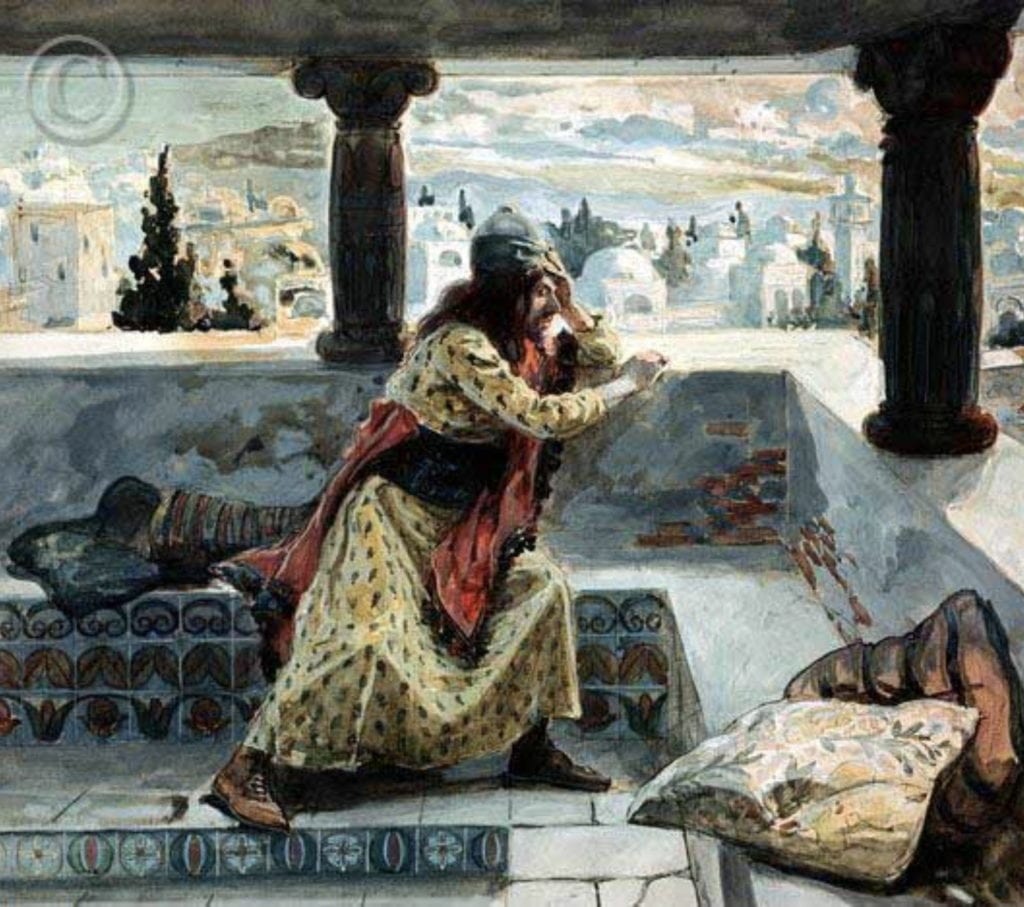
An Old Testament KnoWhy relating to the reading assignment for Gospel Doctrine Lesson 25: “Let Every Thing That Hath Breath Praise the Lord” (Psalms) (JBOTL25A)
Question: Is there more to Psalm 23 than words of solace and comfort?
Summary: Bible readers have long looked to the book of Psalms as a source of solace and comfort. Countless books have been written about the psalms in a devotional mood, including many volumes devoted specifically to the twenty-third psalm — the main subject of this article. These beautiful and useful works of comfort and meditation focus on what we can read outof Psalm 23 by applying it prayerfully to our own situation. By way of contrast, this article explores can be read into it prayerfully based on our (admittedly limited) knowledge of its ancient setting. Ultimately, the more we can read into the psalm from our prayerful study, the more we can take out of it for application in our personal lives. Careful examination of the structure of the psalms will reveal that Psalm 23 is inseparably connected to the psalms that immediately precede and follow it. In order to enter fully into the peace of Psalm 23, one must first journey through the distress of Psalm 22. This journey culminates in the joy of exaltation in the presence of God depicted in Psalm 24. This sequence of events is replicated in the ritual journey of the priest-king, the redemptive journey of the Messiah, and the salvific journey of each one of the faithful. With this overarching picture in mind, a detailed verse-by-verse commentary on the psalm will be provided.
The full article may be found at the Interpreter Foundation website: KnoWhy OTL25A — Is There More to Psalm 23 Than Words of Solace and Comfort?




